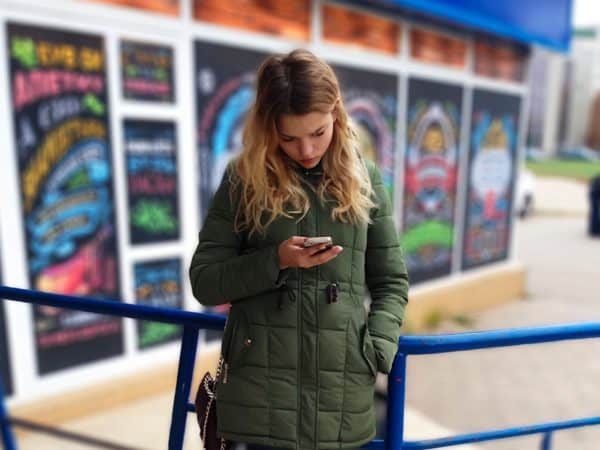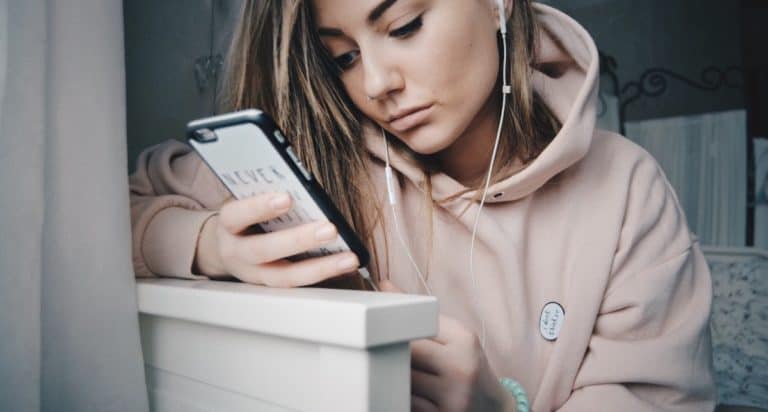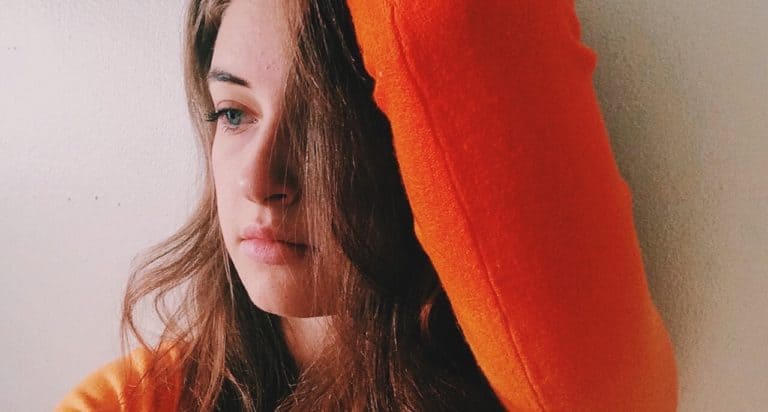My family is coming up on the one year anniversary of a recent move we made. It’s been a tough change for our entire family but particularly for my husband and me. He and I never wanted to live where we are now. March 15th marks the one year attempt by our daughter to take her life. For the past 12 months we’ve been living in what I’ve come to refer to as “The Yellow Zone.”
We knew for a while our daughter was dealing with depression. We understood from the doctors that it wasn’t uncommon at her stage of life and they assured us that with treatment and medication she should be fine. But there were things we didn’t know.

There are things we didn’t know about our daughter’s depression
We didn’t know how hard it would be to keep her motivated to take her medicine. We didn’t know to listen to her when she said she didn’t like how it made her feel and we didn’t know we should have gone back to the doctors to work through other options. We didn’t know that adjusting the medication, changing the type she used and trying new ways to treat her illness is a very common thing in these situations; especially early on.
We’d never lived in the yellow zone before and we didn’t know anyone we could talk to. We didn’t know how things worked here, and most people didn’t really know how to talk about life in the yellow zone.
We also underestimated the impact of the pandemic. Sure, we knew she was having a hard time with the changes. She spent hours in her room, working and studying and sometimes, unknown to us, spiraling with her illness. By the time we knew how weak she was feeling our sweet girl was being carried by an ambulance to the hospital.
Our child tried to end her life, pushing us from the green zone to the red
As parents, we moved into an abyss of fear and angst. Our child purposefully overdosed in order to end her life. We were evicted from our green zone of relative normalcy and slammed into the red zone of survival.
We lived in the red zone for what seemed like forever as we struggled to find our footing in the swirl of mental health options and restrictions. We grappled with insurance requirements, unavailable mental health providers, and limitations on our ability to get help.
The first weeks were horrible and were compounded by the fact that our daughter was an adult. As an adult she didn’t need to share anything with us and at first she didn’t. After her hospital stay she went to an in-patient treatment facility. We went there to drop off items of comfort: her pillow, a blanket, a book and always her favorite fast food meal. But we couldn’t see her, touch her, hold her, and pull her into our arms and let her know she was the world to us.
For the first time in her life we couldn’t help. In hindsight it was better that she struggled and found her footing on her own. “In hindsight” is something I say a lot now.
One year later we still live in fear but are learning to cope
One year later, with the help of our own therapists, my husband and I live in the yellow zone. It isn’t comfortable but it is safer. We text with our daughter and struggle to overcome the impact of that terrible day. We are learning to forgive ourselves for the situation that led up to the day we moved.
We’re learning that nothing we did caused her to do this act. We’re facing things we didn’t see, or catch, or listen to, and showing ourselves grace. We often feel anger, sadness and total despair but we’re learning to balance that with our fierce love, our hope and our determination to support our daughter’s safety.
These days, when things are at their best, we exist in a yellow/green zone. We do things we love to do as a family like walks, talks and big family dinners. We celebrate birthdays and holidays and happy times. Our daughter shares what’s happening at school, talks about her friends and the certain someone she’s dating.
We laugh and she pokes and jokes with her brothers and sisters. We see how strong and how special she is, and we know how much the world needs her special talents. That’s when we are content, almost thrilled to be in the yellow-green zone. That’s when we can see the green zone clearly and remember how peaceful and calm it was to live there.
We are always on guard afraid to slip back into the red zone
But to be clear, all it takes is one out of character text from our girl to send us reeling. When we sense her despair because of a bad grade, or a missed assignment my husband and I immediately move to the yellow/red zone. When we are there we are in a hyper state of vigilance. We look for any sign to confirm our daughter’s wellbeing and we have a constant sense of fear that we’re moving again, without our consent or control, back into the red zone.
It’s hard not to panic. It’s hard not to drive to her dorm and sit outside her window and stare at it for signs of lights flickering on and off; to watch shadows through the curtains that might assure us she is okay inside. Sometimes when we text as we wait in the yellow/red zone, we stop breathing until we see the dots and symbols on the phone that tell us she is texting back. We know the red zone is close, dangerous and unsettling, and it plays to our darkest fears.
We realize now that our daughter is a fighter
My husband and I talk about the red zone with our own therapists now. With their help we’re trying to see into the shadowy murk that comes with the depression our daughter fights. We can’t see things clearly yet but we are getting a better sense of what a fighter she is.
I don’t know if we’ll ever move back to the green zone. That’s bearable as long as our daughter is safe. I’ve gained the courage now to know each zone has nooks and crannies I must explore to understand.
With therapy, the light is flickering to show us more so we can learn about the darkness we’d never understood before this move. We try and focus on the thankfulness we feel living in the yellow zone as opposed to one zone over. Even if we do have the good fortune to move back to the comfort of the green zone, I’ll never act unaware of this new place and the people in this neighborhood who’ve helped us keep our daughter safe.
We’ve lived here a year and it sometimes feels like forever. But as long as everyone stays strong, I’m content to call this home.
The author of this post wishes to remain anonymous.
More to Read:
Stanford Study: Help for Teens With Depression and Anxiety During Covid









